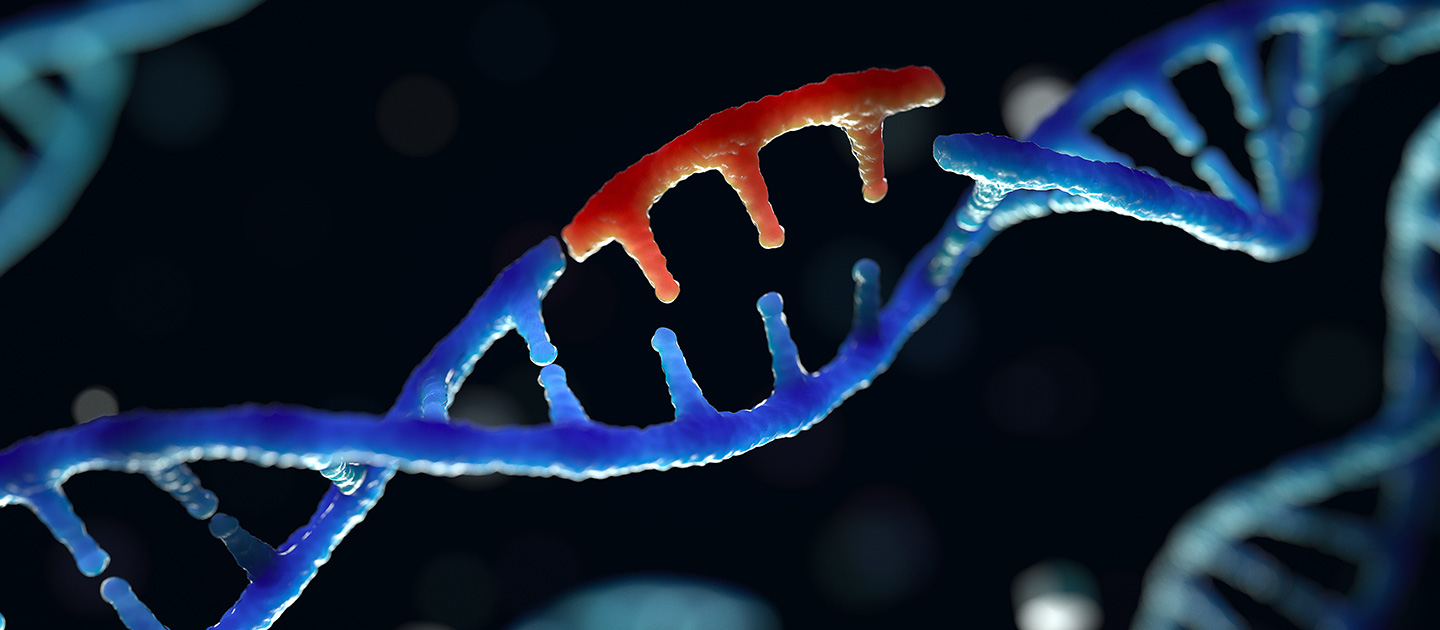Optimizing the Delivery of Proteins
A new method uses nanotechnology and electric fields to manipulate cells

When scientists work at minute scales, efficiency is key. The accuracy of processes can mean the difference between a functional system and a game-changing method.
Recent work from Northwestern Engineering’s Horacio Espinosa and Chad Mirkin could dramatically improve areas that require cellular engineering such as disease diagnostics, cell-based therapies, drug development, gene editing, and systems biology.
The new method relies on an updated localized electroporation device (LEPD) developed by the Espinosa group. LEPD uses electrical pulses that result in the formation of localized, resealable pores on the cell membrane, facilitating the delivery of molecules into cells. The technology also allows for the continuous imaging of cells and their morphological analysis using machine learning algorithms for further assessing efficiency and efficacy.

By combining two advanced technologies, LEPD and engineered nanoparticles, researchers can investigate a wide range of potential therapies and intracellular sensing methods.
The findings were presented in the paper “Cellular Delivery of Large Functional Proteins and Protein-Nucleic Acid Constructs via Localized Electroporation” in the academic journal Nano Letters, which was recently published.
Espinosa is the James N. and Nancy J. Farley Professor in Manufacturing and Entrepreneurship at the McCormick School of Engineering and the paper’s corresponding author. Mirkin is the George B. Rathmann Professor of Chemistry and Materials Science and Engineering at Northwestern. Other contributors to the work included Nibir Pathak, Cesar Patino, and Prithvijit Mukherjee from Espinosa’s lab, and Devleena Samanta, Sasha B. Ebrahimi, and Namrata Ramani from Mirkin’s group.
The researchers used the multiplexing capability of the LEPD to optimize the delivery of large proteins and biologically significant protein-based structures for intracellular sensing and therapeutics, as well as CRISPR Cas9 RNP for gene editing. They observed that application of a bilevel pulse shape led to optimal delivery of these large molecules with high delivery efficiency (around 80 percent) and cell viability (around 75 percent).

“Delivered molecular cargoes also retained their functionality, which was confirmed by protein activity measurement assays. Crucially, the team used the LEPD technology to deliver CRISPR Cas9 RNP, showing a two-fold increase in gene-editing efficiency compared to previously reported nanotechnology-based platforms,” Espinosa said.
“The work and LEPD, in particular, can be used for expanding intracellular diagnostic capabilities and may even lead to clinically relevant drug delivery, especially as it pertains to cell-based therapies,” Mirkin said.
The paper is a continuation of work from last year when the researchers demonstrated that double-stranded RNA molecules can be delivered to cells to induce gene knockdown. This latest study moves that forward, showing how the multiplexed platform can be used to optimize for efficient delivery of large proteins and protein-based structures. The team demonstrated that LEPD is not just limited to delivering highly charged cargo and small molecules, but can be effectively used for delivering large proteins, which possess much lower surface charge than nucleic acids.
The work could be expanded in the future by using the LEPD for multigene editing of immune cells for cancer research. Similarly, the device could support gene editing of stem cells, which when combined with animal studies, would allow in vivo understanding of factors that regulate and affect pluripotency and self-renewal.
“Control of the amount of molecular delivery can be important in studying undesirable gene deletions during gene editing, which is hypothesized to be a function of the concentration of the proteins used in DNA cutting,” Espinosa said.
About this study
The research was supported by the NIH R21 award number 8041R21GM132709-01, the National Science Foundation grant DBI-2032180, and the United States Air Force (subaward from TERA-print, LLC) award FA9550-18-1-0493. Sasha B. Ebrahimi was supported in part by the Chicago Cancer Baseball Charities and the H Foundation at the Lurie Cancer Center of Northwestern University.